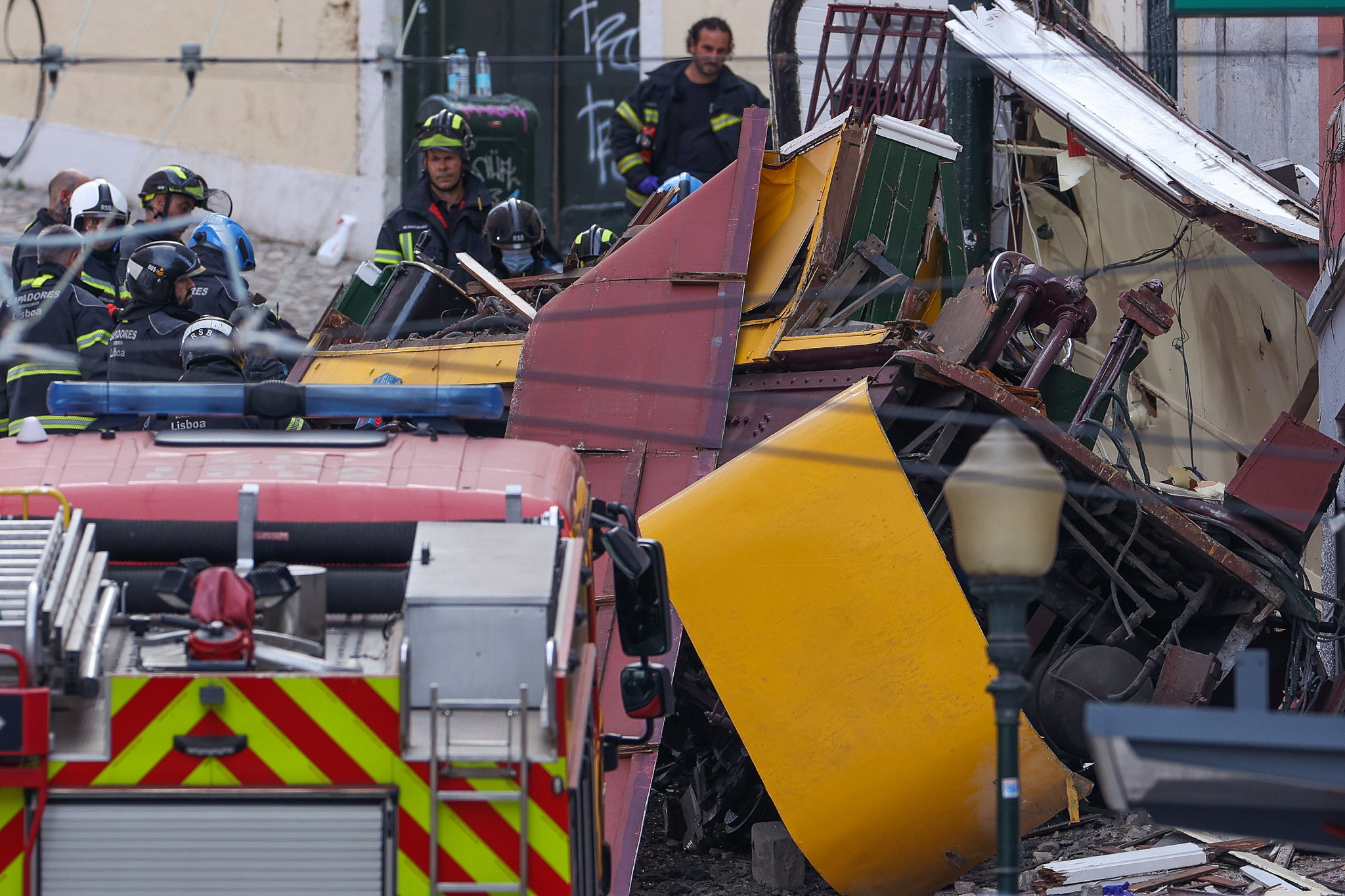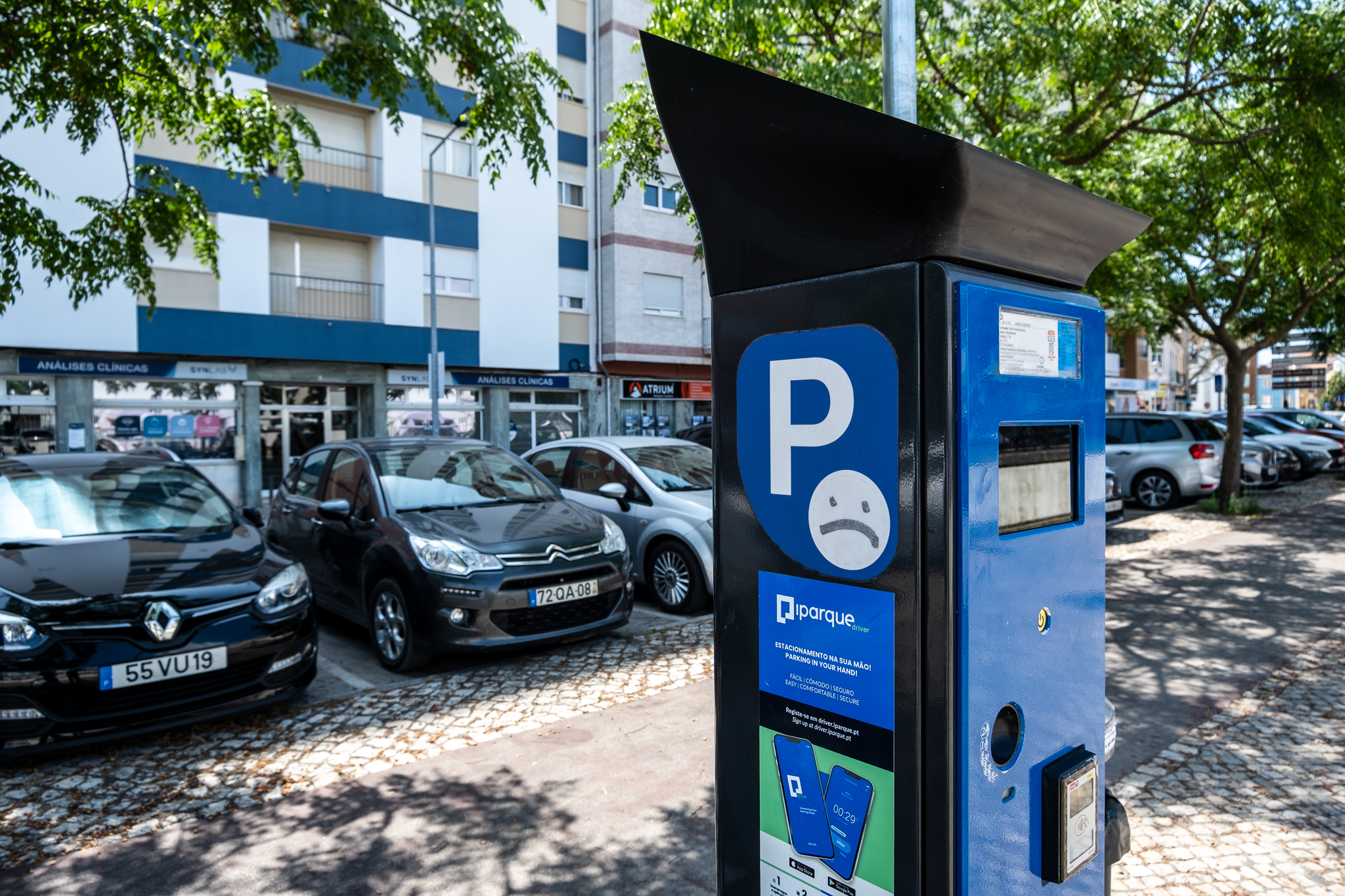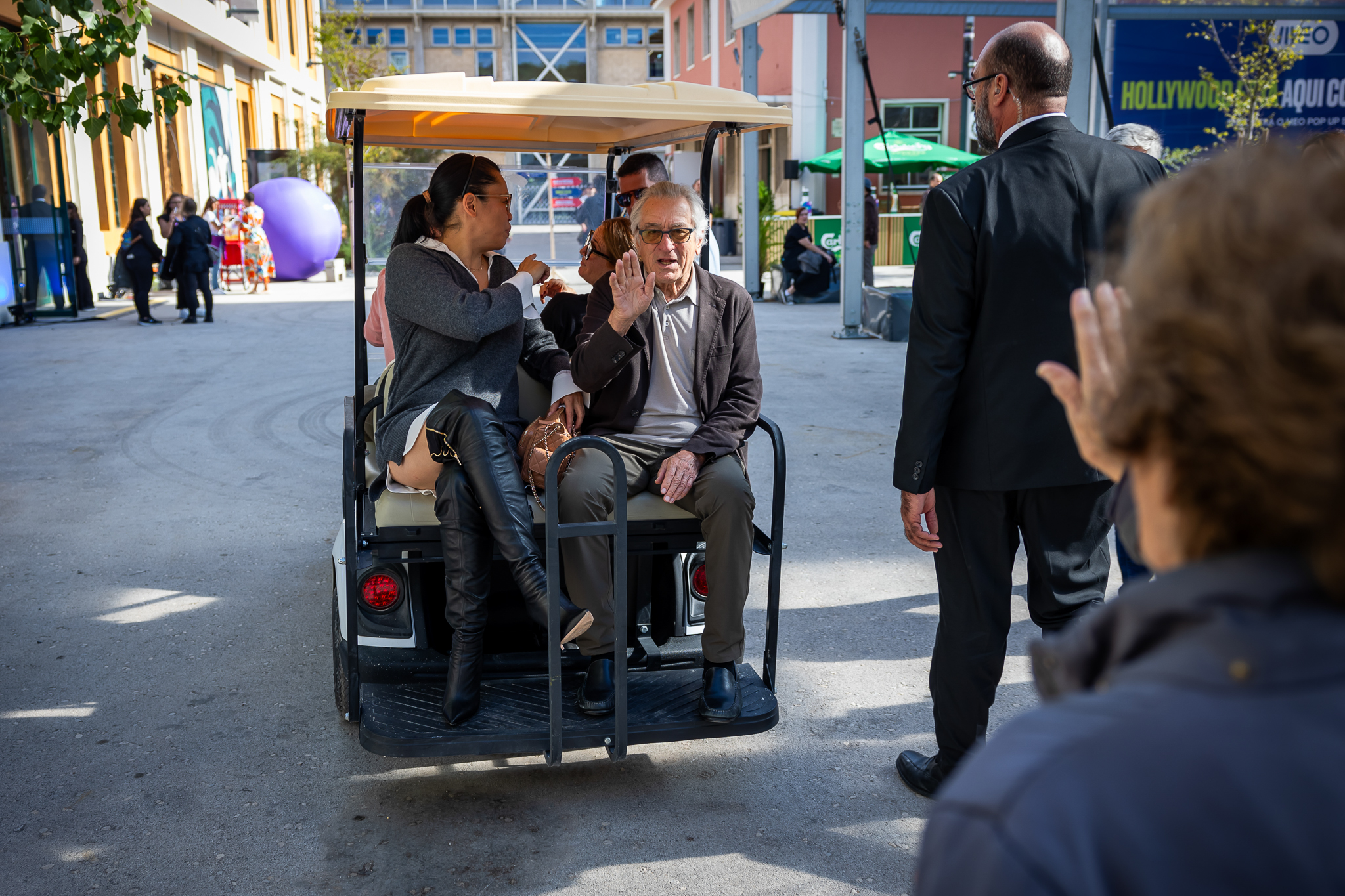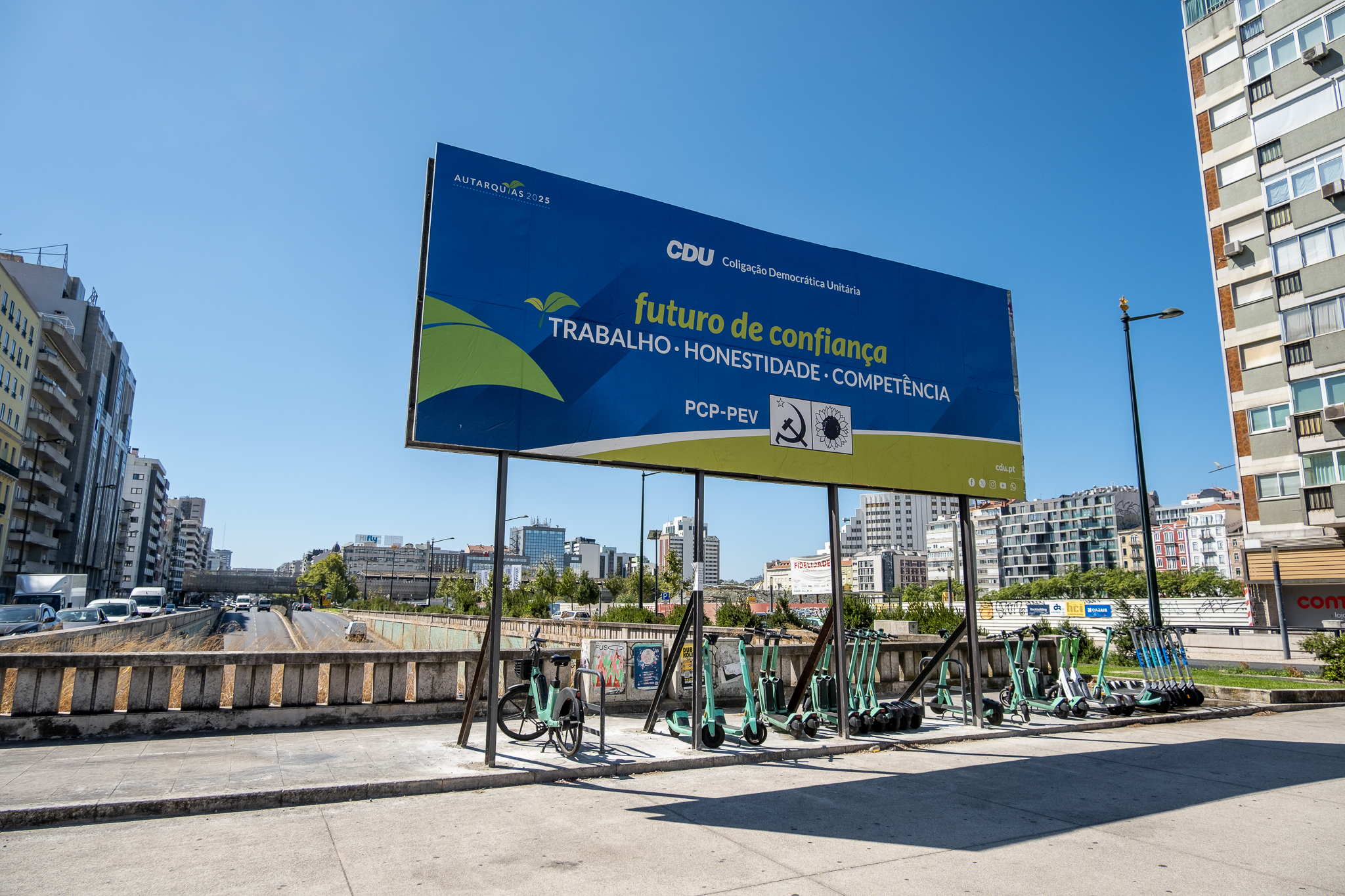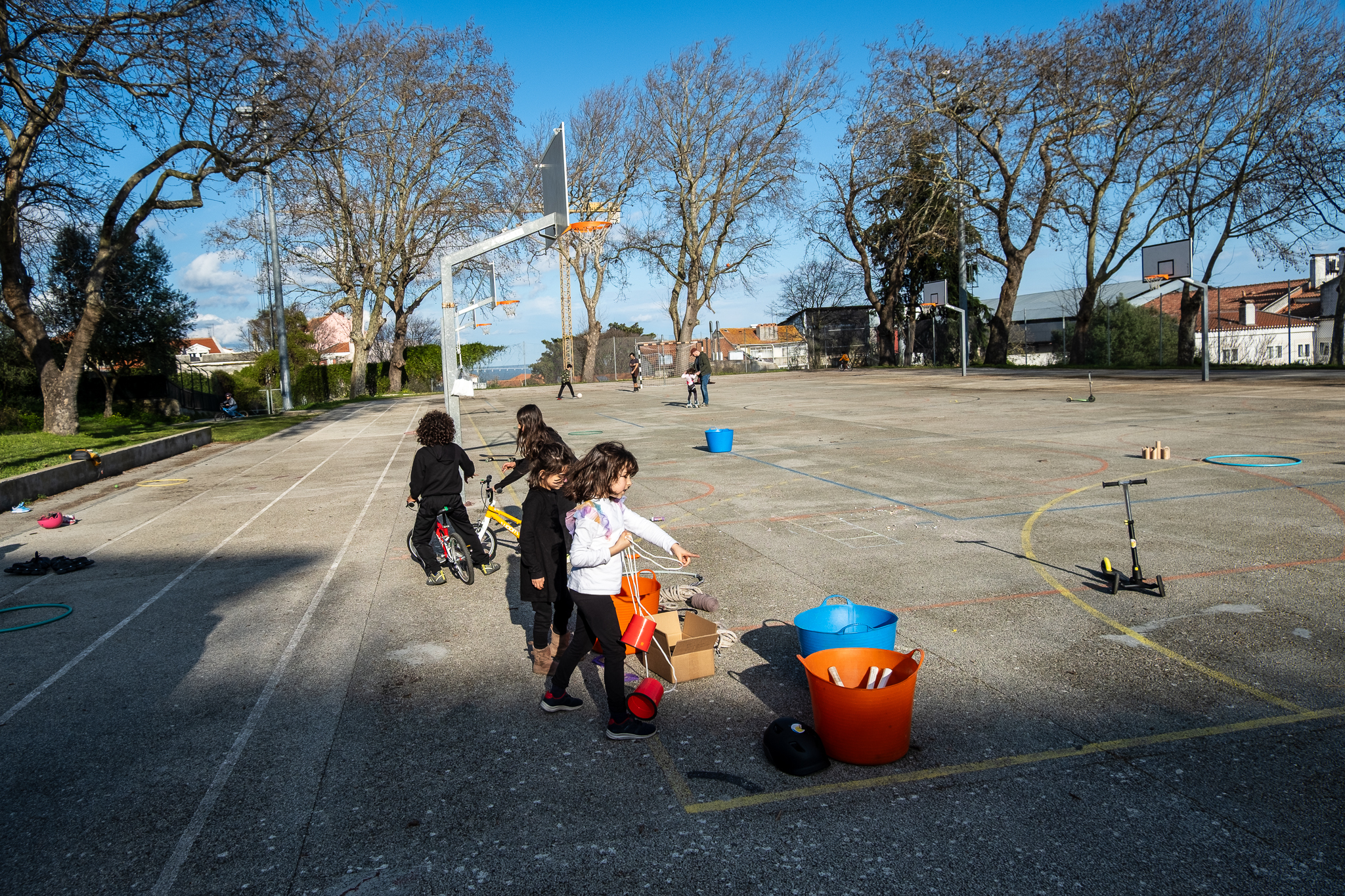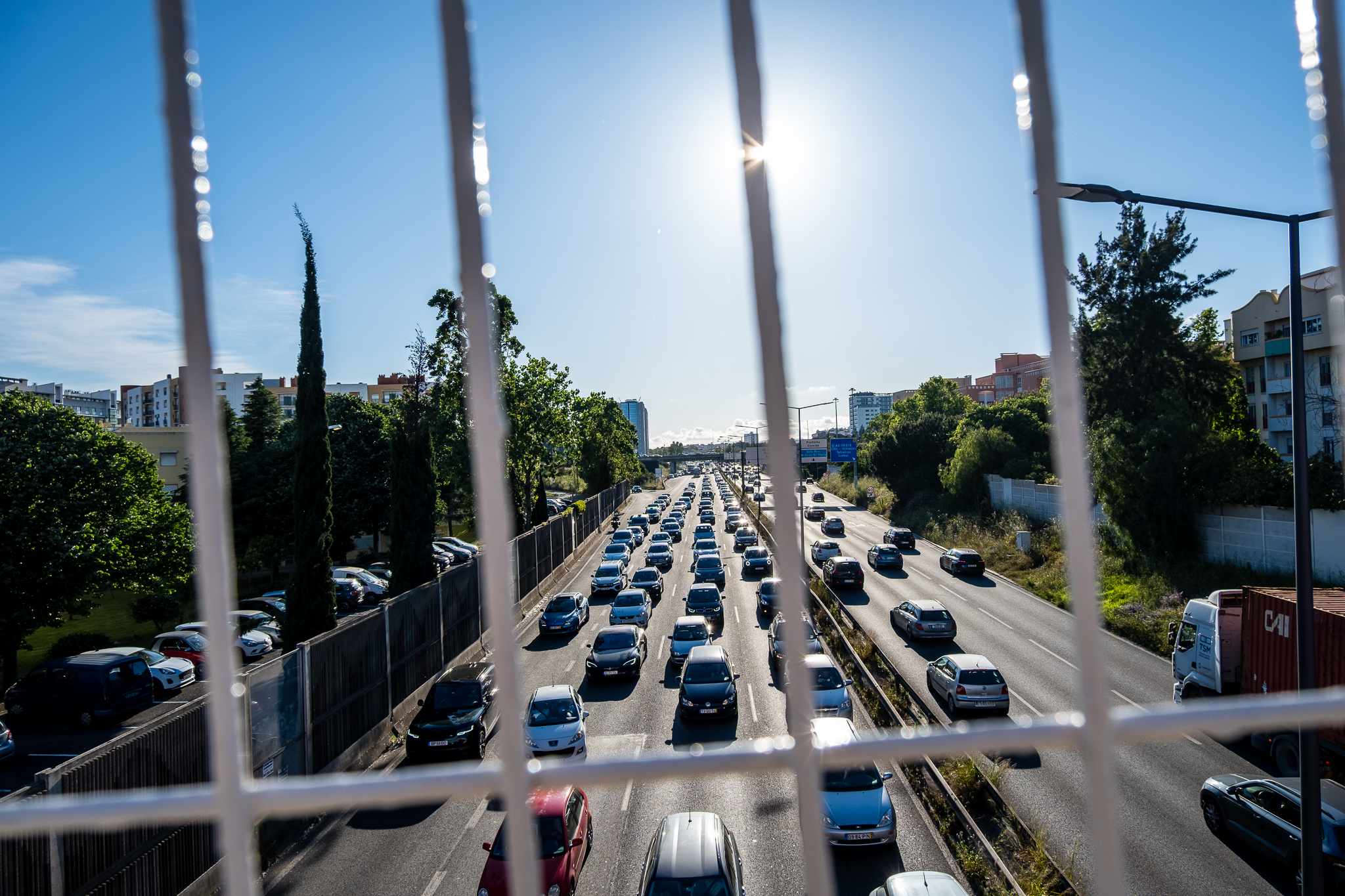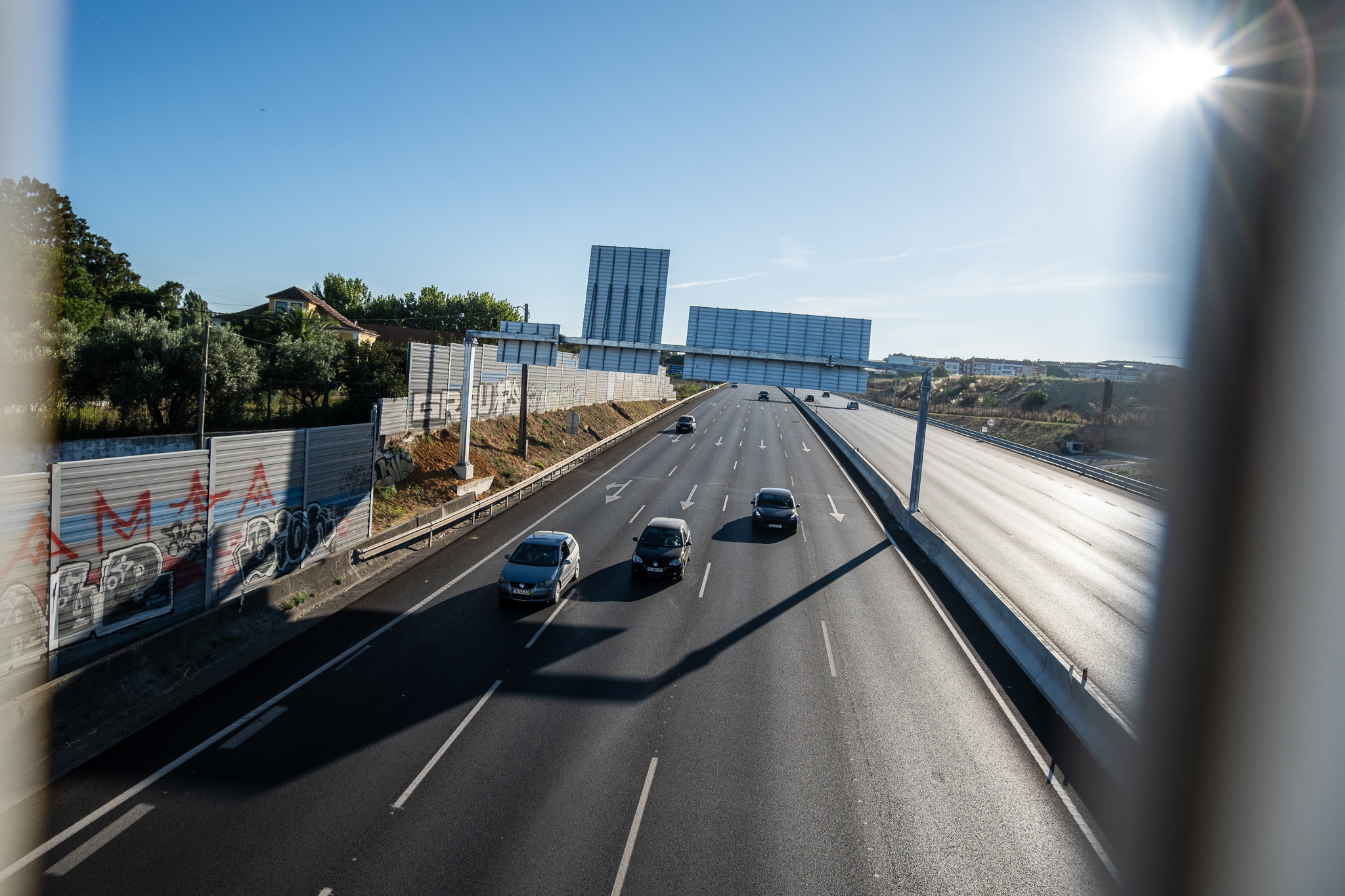The Lisbon Metro's accessible network is growing, with the implementation of elevators at Praça de Espanha, Campo Pequeno and Picoas stations. At Praça de Espanha, improvements are also being made to the public space on the surface.
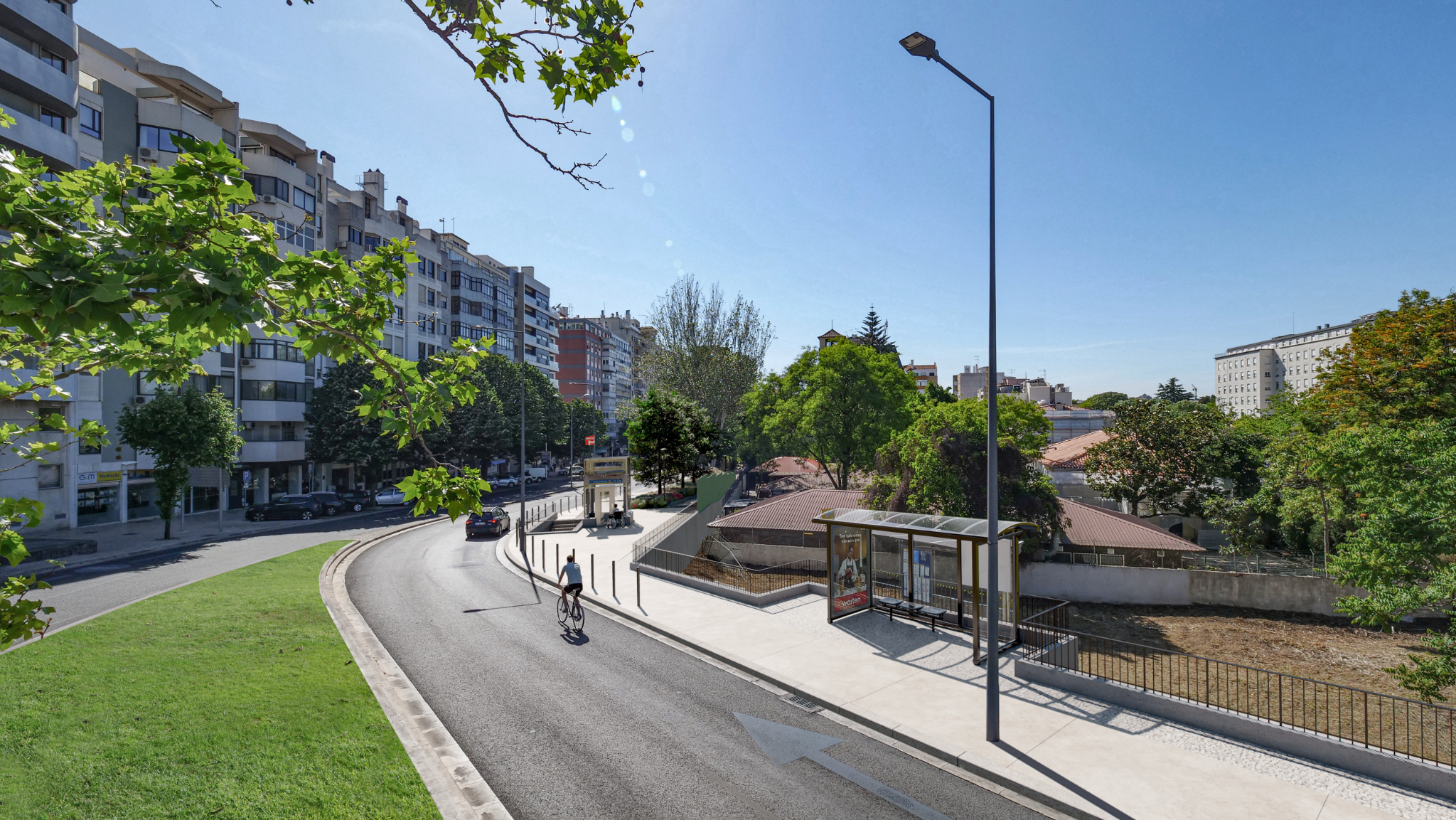
Plaza de España, Campo Pequeno e Picoas will be the Lisbon's next Metro stations to gain full accessibility with the installation of elevators. The work has already started at these three stations; at Campo Pequeno and Picoas, the transport company is in charge. At Praça de Espanha, the work also includes improving the public space on the surface and is being carried out by SRU, Lisbon's municipal works company.
The work in Plaza de España will cost The elevator will cost around 717.6 thousand euros and was awarded by the SRU, by public tender, to the company Oliveiras. The elevator at this station will be located at the exit closest to the IPO (Portuguese Oncology Institute), on Avenida Columbano Bordalo Pinheiro, and will comply with the Lisbon Metro project. As the accessibility of this station would not be guaranteed just by installing the elevator, the exterior public space will be redone, continuing the urban design of the new Plaza de España.
The main change will be the creation of a 1.80 meter wide ramp with a gradient of 8%, interspersed with levels every 4.70 meters with a gradient of 2%; this ramp will allow access to the elevator from the lower level of the promenade on Avenida Columbano Bordalo Pinheiro, and vice versa. The contract will also include an increase in the elevated sidewalk, at the cost of a slight reduction in the width of the parking spaces and the adjacent green area, as well as the installation of a new staircase.
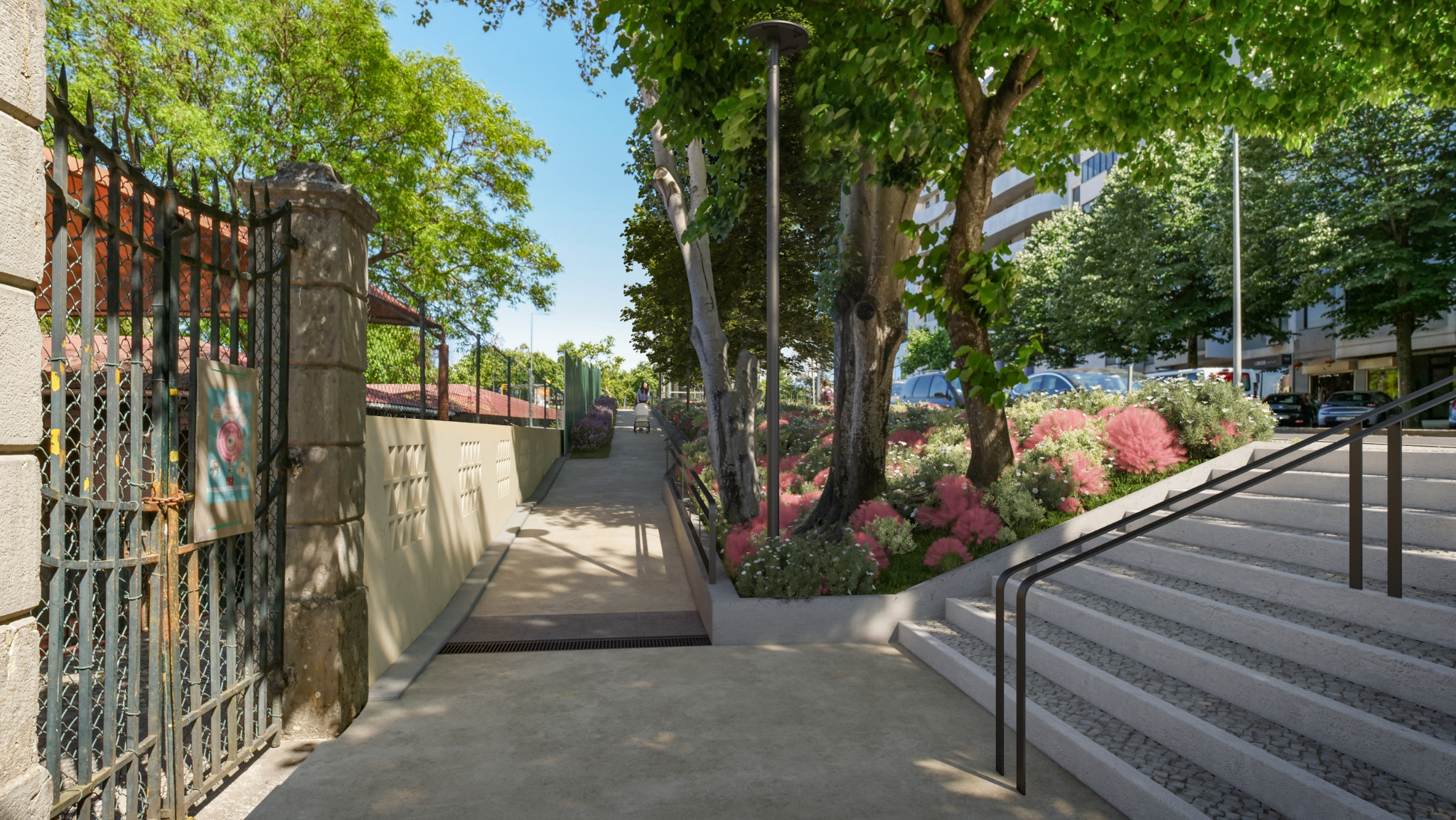
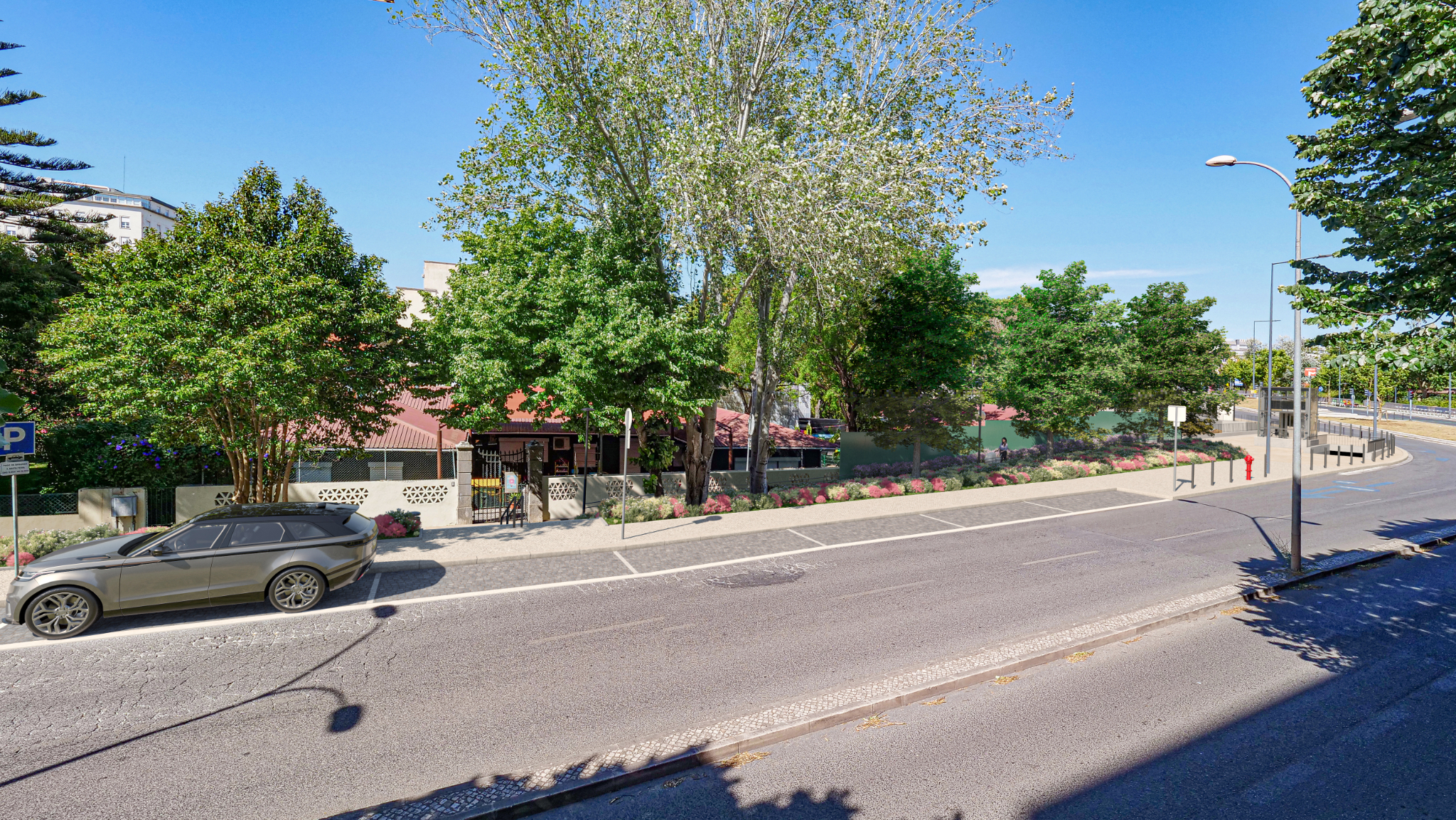
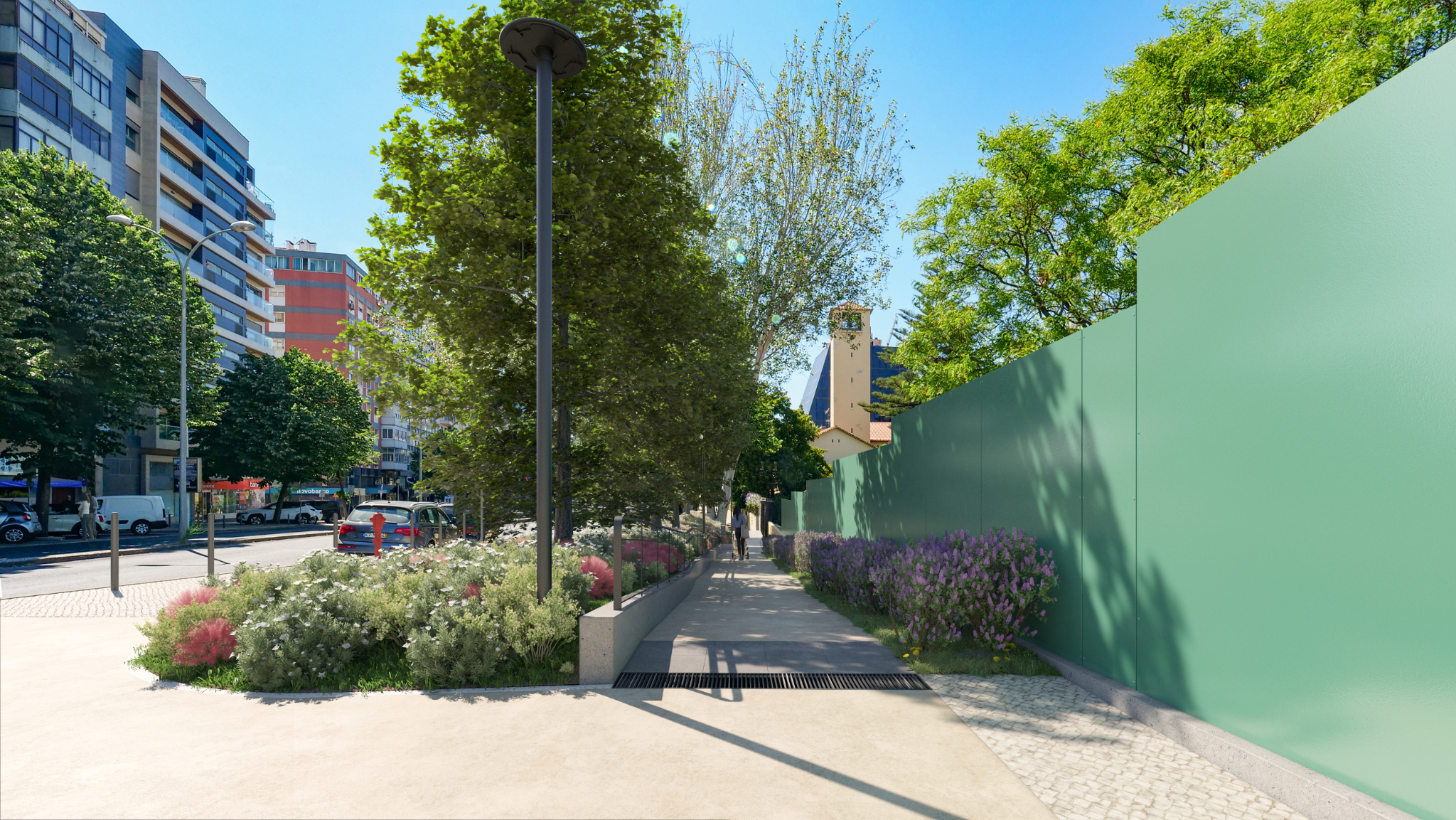
The work in Praça de Espanha should be completed by the end of this year, having started last November. The work required the occupation of the parking lot, the removal of a traffic lane on Avenida Columbano Bordalo Pinheiro, the cutting of pedestrian traffic on the stretch of sidewalk, as well as the closure of the exit of the Metro station in question and a nearby Carris stop.
In Praça de Espanha, Campo Pequeno, Picoas and any other station on the Metro network, full accessibility is guaranteed by installing at least three elevators inside the stations and eliminating any existing architectural barriers. Only one of these elevators is visible on the surface, and it connects the street to the station concourse. The other two elevators connect the concourse to each of the two boarding piers.
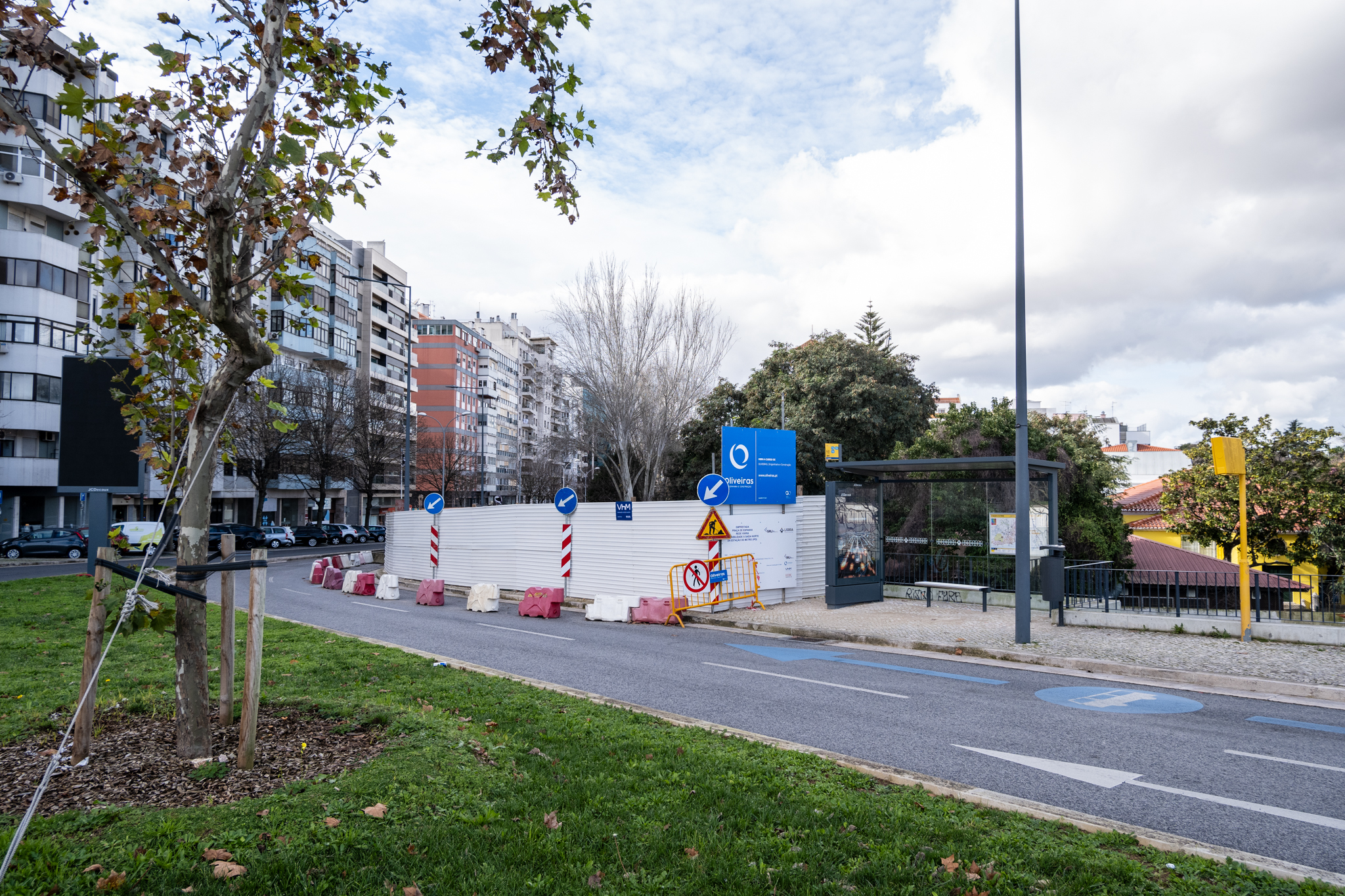

Work on the Campo Pequeno and Picoas stations were awarded jointly by around EUR 3 million to the consortium formed by Efacec and CARI Construtores; they should also be ready by the end of the year.
In Campo Pequeno, the elevator will be located on Avenida da República at the exit next to the Court of Auditorsand the stairs of the same exit. In Picoas, the The exterior elevator will be near the Fórum Picoas, the building that currently serves as the headquarters of the telecommunications operator Altice.
The work in Picoas is being carried out with no impact on road traffic, and the only thing that has been reduced is the pedestrian area next to the Forum, which is quite wide there. In Campo Pequeno, the work meant that the connection between the side road of Avenida da República and Avenida Barbosa du Bocage had to be cut off; pedestrians will now have a narrower sidewalk in this area; part of the parking lot on the side road of Avenida da República was eliminated to create a detour for car traffic, which will now circulate side by side with the cycle path.
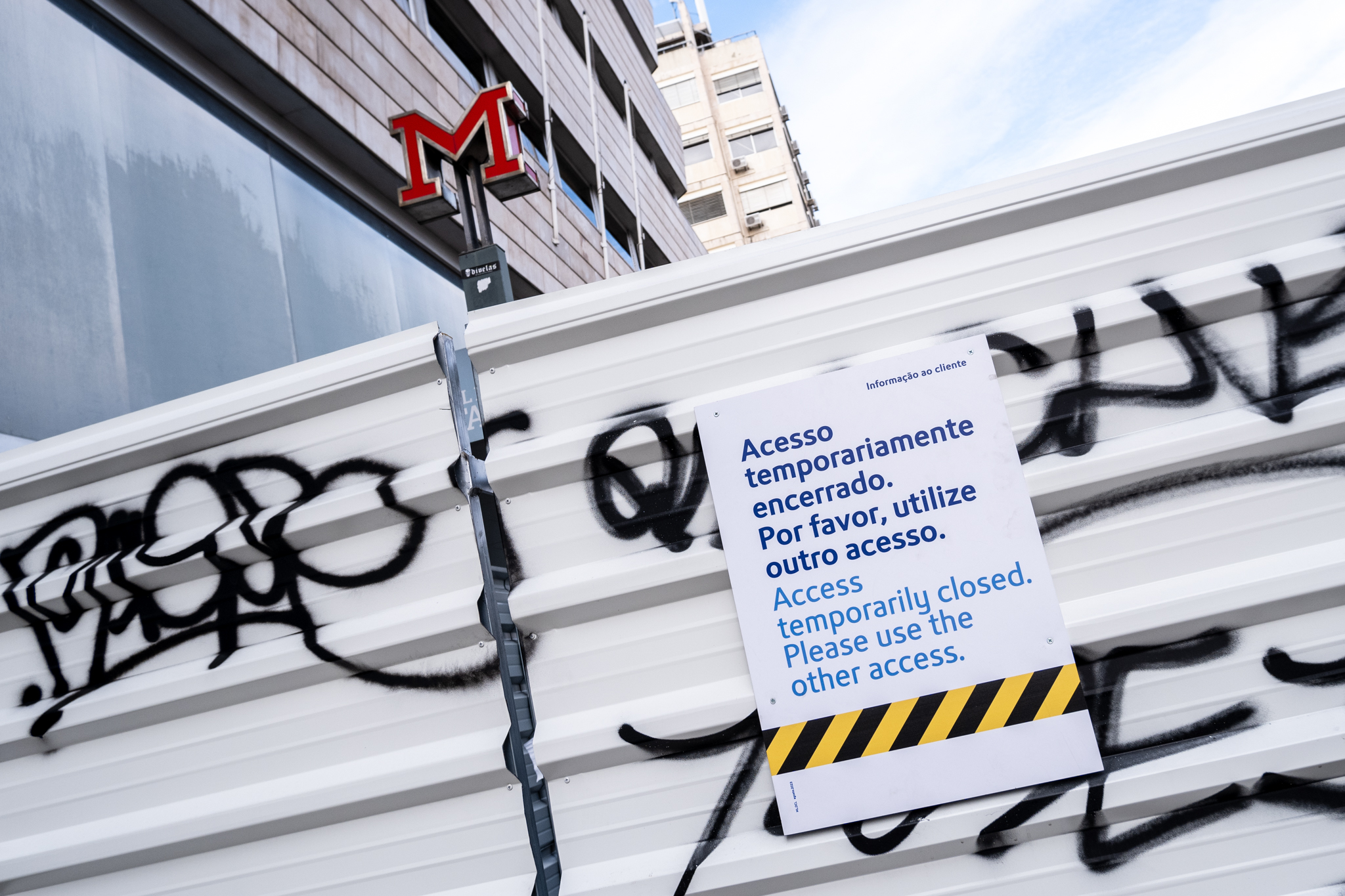
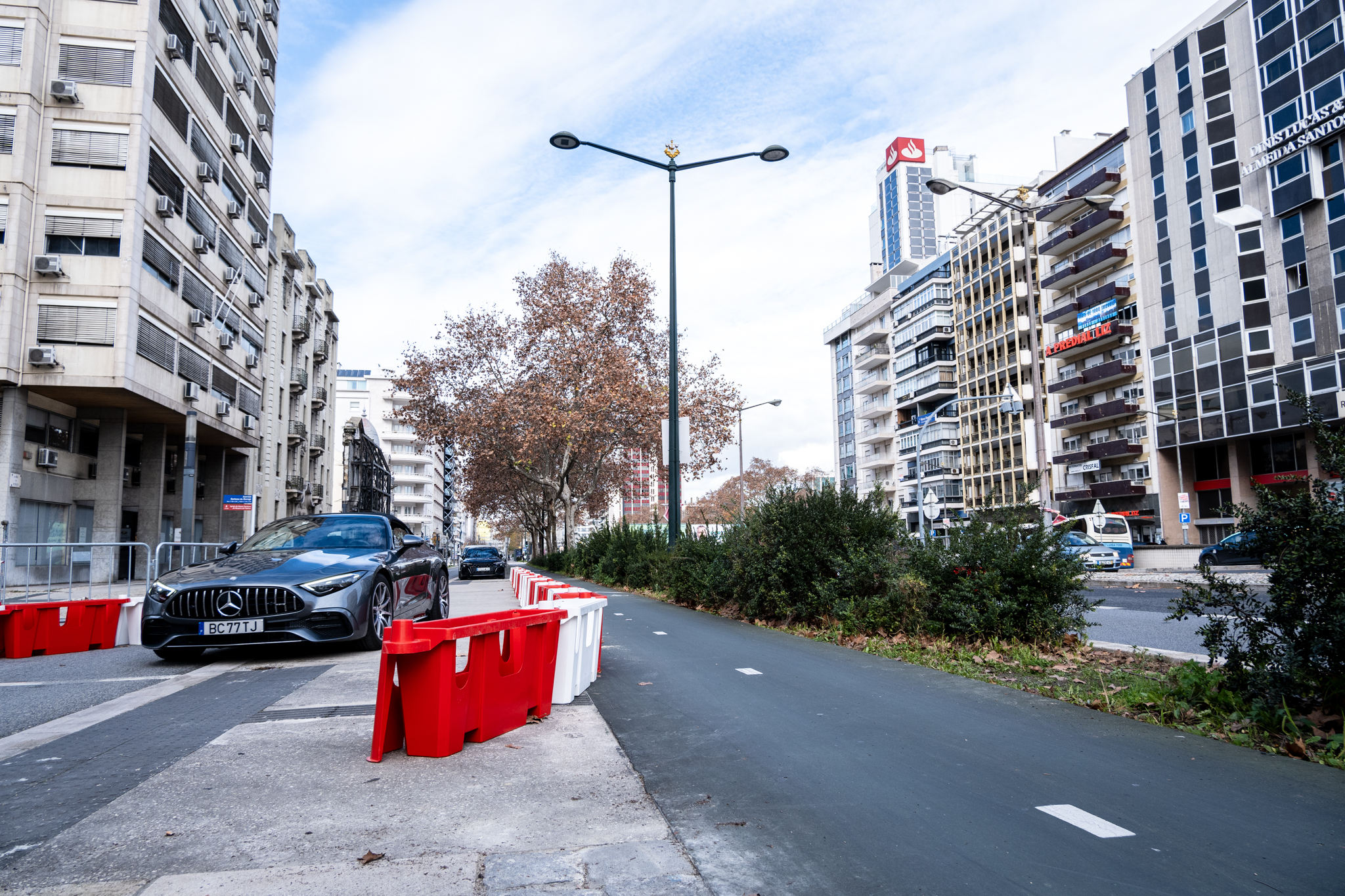
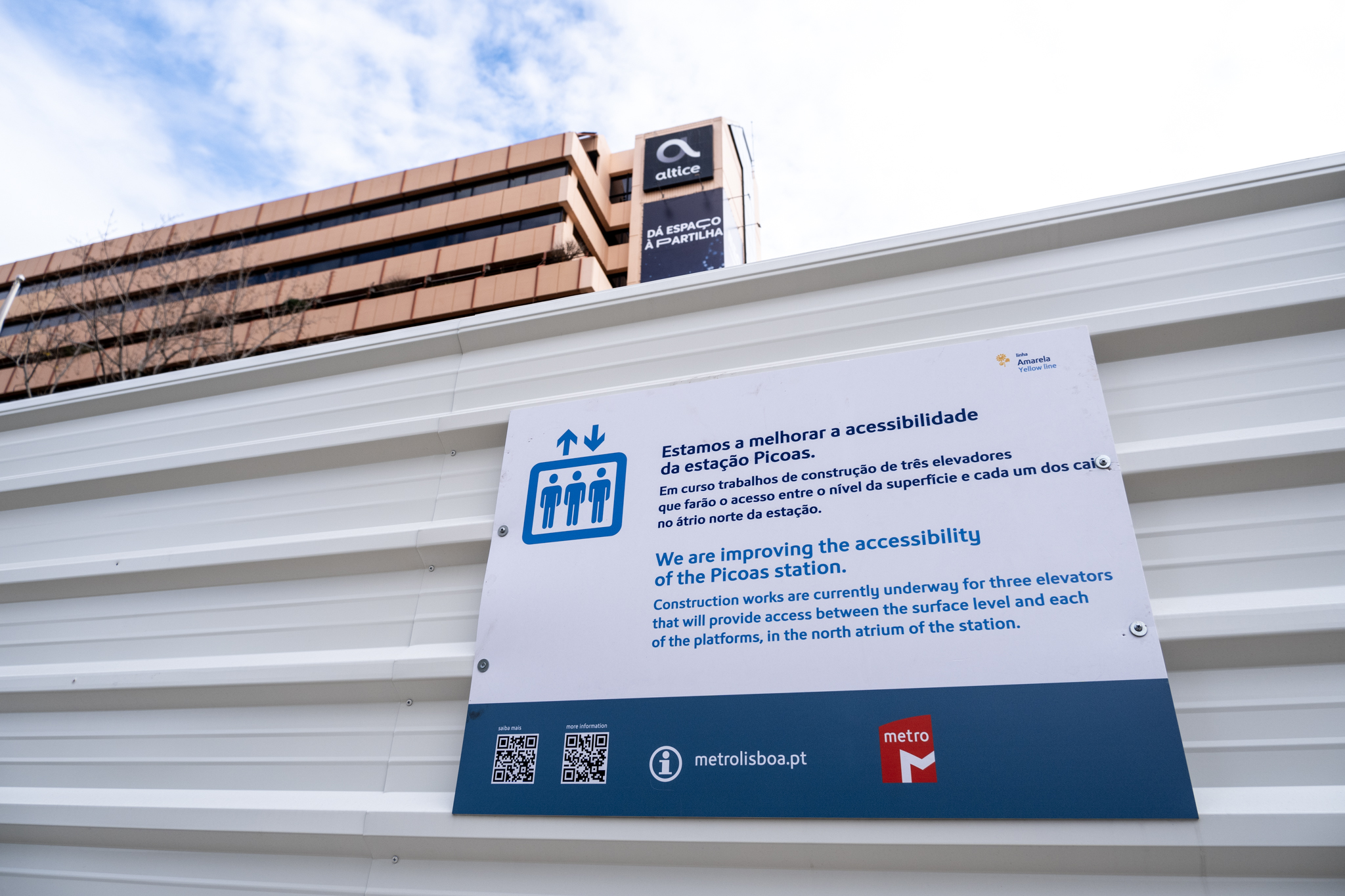
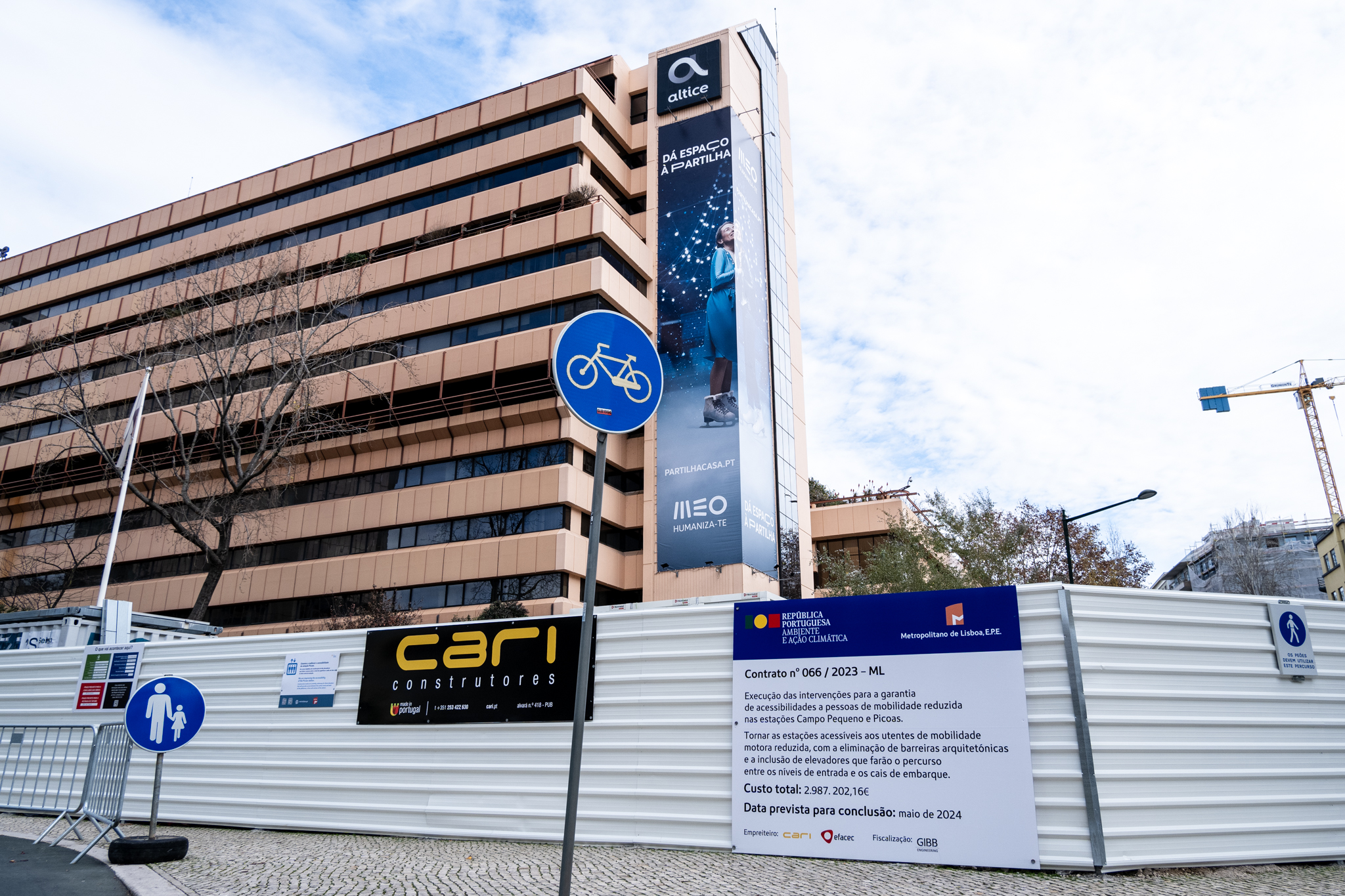
It is worth remembering that the Lisbon Metro is in the process of elevator installation at Campo Grande station e accessibility works are also planned for the Anjos, Intendente and Martim Moniz stations. With the works in Picoas, Campo Pequeno and Campo Grande, the Yellow Line will become the second Metro line accessible to all, after the Red Line, which was designed with everyone's right to public transport in mind. The Lisbon Metro network currently has 43 of the 56 stations accessible, allowing a person in a wheelchair, someone with a baby carriage or even a passenger with a bicycle to get on and off the Metro without barriers. Accessible stations now account for 76.8% of the entire network.

